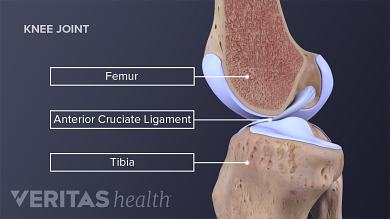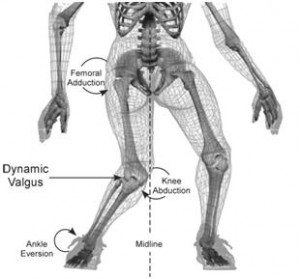

Might require fragmentation and therefore be filtered if a denyįragment statement exists in the ACL.

Under rare circumstances, a valid session The use of a deny statement for noninitialįragments at the beginning of the ACL denies all noninitial fragmentsįrom accessing the router. Note that the use of the fragments keyword can force ACLs toĮither deny or permit noninitial fragments with more granularity.įiltering fragments adds an additional layer of protection against aĭenial-of-service (DoS) attack that uses only noninitial fragments The Layer 3 statements (protocol, source address, and destinationĪddress)-irrespective of the Layer 4 information in an ACL-areĪffected by the permit or deny statement of the matched entry. In general, noninitial fragments that match ACLs and Fragmented PacketsĪCLs have a fragments keyword that enables specialized fragmented Cisco has an Access Control Lists and IP Fragments document that specifically deals with this problem. Permit icmp any object-group ICMP-NET ttl-exceeded Permit icmp any object-group ICMP-NET port-unreachable Permit icmp any object-group ICMP-NET host-unreachable Permit icmp any object-group ICMP-NET net-unreachable Permit icmp any object-group ICMP-NET echo-reply Permit udp any gt 1023 object-group SIP-NET eq 5060 Permit udp any gt 1023 object-group VOIP-NET range 12000 13000 We have deny any any in end, too.ĭate first seen Duration Proto Src Port Flows(%) Packets(%) Bytes(%) pps bps bpp

Question: Why didn't the ACL stop this attack? How does the ACL handle fragmented packets here? The first packet contains port info, but the following fragmentaed packtes are 元, so how does a firewall handle them. I saw the router blocked some of the data, but some data sneaked in. so all source port for 53, and it was definitely a fragmentation attack. We have an ASR1000, and I have the following ACL, but yesterday someone hit us with big DDoS attack, and I found it was a DNS amplification attack.


 0 kommentar(er)
0 kommentar(er)
